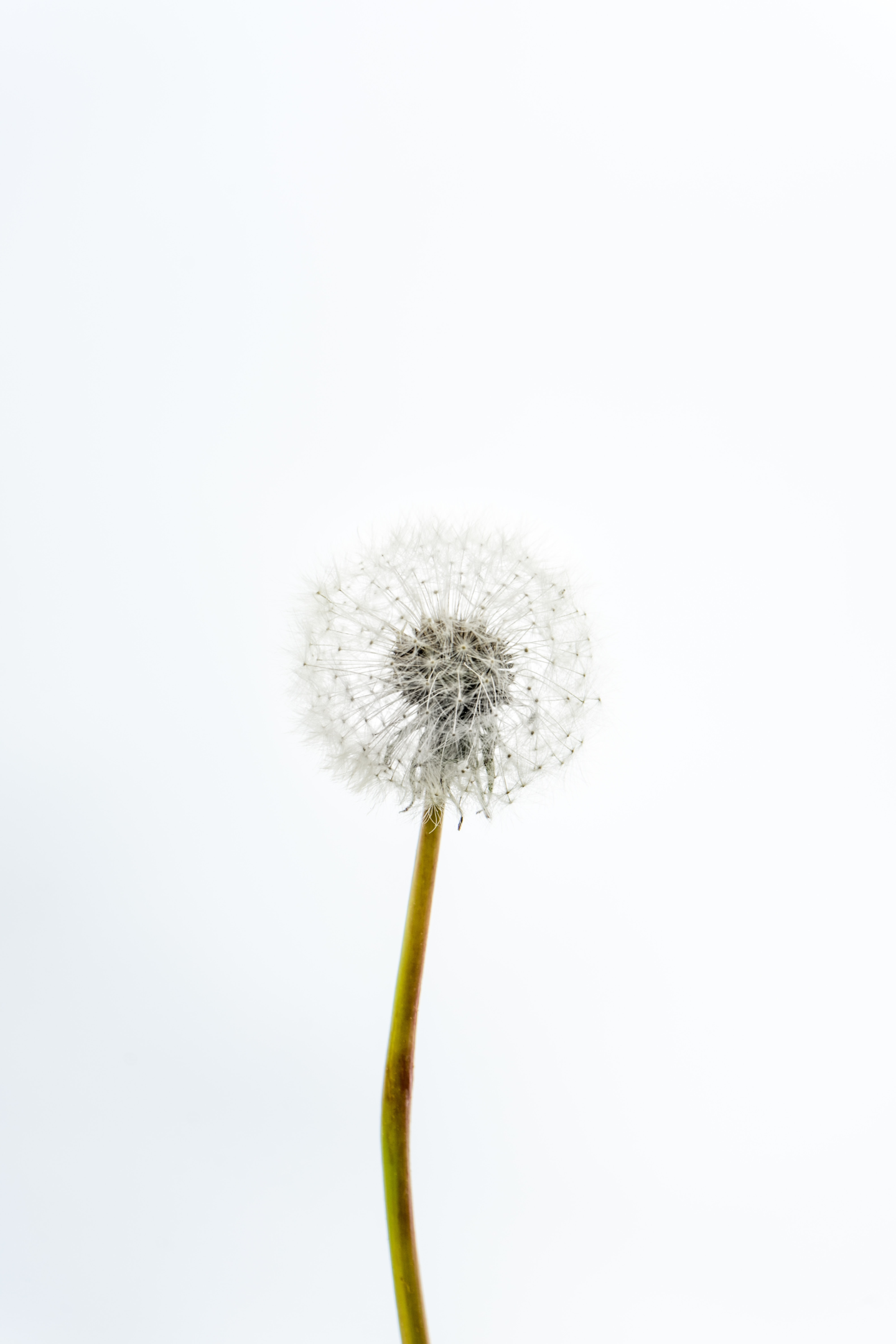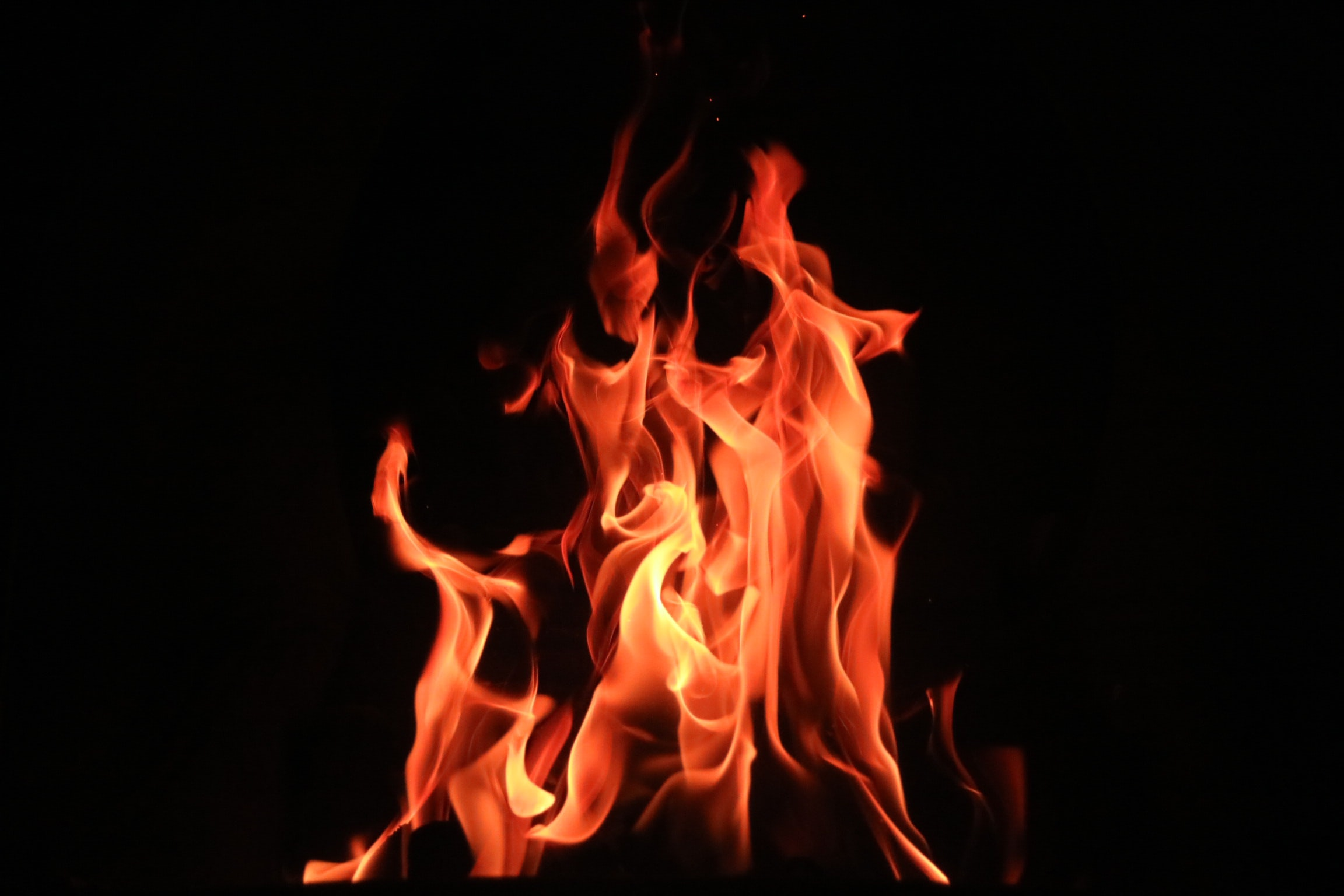
The timeless science of Ayurveda beautifully aims to create a harmonious balance between the body, mind and spirit, between the five elements that we are made up of, as represented by the three fundamental bio energies or doshas.
The way ayurveda achieves this is by zeroing in on the individual's prakruti or psychophysiological constitution which happens to be unique, almost a signature version of every individual. Secondly, through nadi pariksha or pulse diagnosis, ayurveda practitioners examine the existing imbalances in the doshas. Finally, the experts provide you with a roadmap personalized for your doshas.

Nadi Pariksha is a time-tested diagnostic tool that assesses the imbalances, the current health status of your body and mind and the illnesses you are predisposed to. Nadi pariksha can tell you about your dominant doshas and vikritis, or dosha imbalances. Nadi Pariksha is a much deeper assessment than the pulse examination done in western medicine. Nadi Pariksha assesses meaningfully one's pulse rate, volume, rhythm, force, dominant concerns and potential concerns in specific organs. In Ayurveda, symptoms show up in the pulse much before they manifest in the affected part of the body. It is when doshas are severely aggravated that they manifest as illnesses in the body. So Ayurveda can play an important preventive role in our lives.

The five elements combine to form the three main doshas or body types- Vata (air element), Pitta (fire and water) and Kapha (earth.) These doshas have a say over all our life functions, personality and the mind-body complex that make us who we are. The pitta dosha is important for digestion. The vata dosha is the force behind all types of movements in the body. The kapha dosha provides moisture to the skin and lubrication to joints. It is the grounding dosha. Usually, in a person, two of three doshas dominate.

Space and air elements control this ayurvedic body type. An ayurvedic body type of vata dominance will typically be very thin, talkative, and restless. They also frequently have thin hair, dry skin, brittle nails, and tiny, slightly sunken eyes. They may find it difficult to tolerate the cold; they tend to favor warm or hot weather. They struggle to gain weight, so they frequently have low weights and are slender.
The colon, pelvis, and other pelvic parts besides the thighs, skin, ears, nervous system, and lungs are all considered to be vata and are situated in the abdomen below the navel. Movement is associated with vata in the body and mind. Sensory impulses, breath, excretion, speech, and pumping of blood are some of its main functions. It also ignites agni, the digestive fire in the body.
Signs that Vata is out of balance
roughness and dryness of the epidermis
involuntary weight reduction.
constipation or irregular stool movements
joint and bone pain
flatulence
Fear and agitation
abnormal heartbeat
palpitation
preference for warm settings and climate
An imbalance of this dosha can cause irregularity in the functioning of bowel movements, the nervous system, disorders in muscles and joints, etc. Here are some of the disorders that vata imbalance can cause:
Dryness
Insomnia
Headaches
Tinnitus
Dental issues
Paralysis of the face
Acute anxiety
Seizures
Tremors
Hearing issues and earaches
Sciatica
Knee pain
Calf muscle cramps
tensions in the neck
Arthritis
Constipation
Go to bed by 10:00 pm and wake up at 6:00 am
Adhere to a daily schedule that includes normal eating, sleeping, and working hours. (dinacharya)
Sip hot beverages and consume hot, freshly prepared whole foods.
Consume foods that are salty, sweet, and sour.
Include plenty of high-quality oils or ghee in your diet, along with warming herbs and seasonings like ginger, black pepper, cinnamon, and cumin.
Steer clear of alcoholic drinks, coffee, and chocolate
Make time each week for a regular exercise regimen.
herbs and treatments for vata reduction.

The next group is pitta people, who are born with an ayurvedic body type defined by heat and contain more fire element than other people. A pitta body type is typically energetic, attractive, perfectionist, dynamic, intelligent, and also easily irritable. This body type may be intelligent, have a moderate build, a pointed nose, and sharp eyes, which may occasionally be slightly offset by a pinkish tinge. Hair loss and early graying are frequent in pitta people. They typically have pink nails with a slight curve, rosy lips, and a slightly warm teach.
Although it contains both fire and water, the fire element is more prominent. It gets worse in the heat. The small intestine, stomach, liver, spleen, gallbladder, blood, sweat ducts, subcutaneous fat, eyes, and epidermis make up the pitta seat in the body. It controls body temperature, digestion, appetite, absorption, and assimilation, and provides energy, and the capacity to comprehend and cognize. Additionally, it regulates the hormones and neuropeptides necessary for bodily functions. It augments understanding and intelligence, if in balance. If out of balance, it leads to a host of negative emotions.
excessive heat accompanied by a craving for something cool
a yellowish tint to the skin
giddiness
weakness
poor sleep
more agitation and rage
heartburn
excessive appetite and thirst
increased propensity for perfectionism
unpleasant aftertaste
less than ideal weight
hot flashes
If the imbalance is permitted to continue for too long in this dosha type, it may result in peptic ulcers, stomach or esophageal inflammation, or both.
skin conditions like psoriasis and dermatitis
fatigue
migraine
tendonitis from acid reflux
herpes
jaundice
conjunctivitis
pharyngitis
restlessness
stomatitis
fibromyalgia
rashes
reduced blood sugar
Maintain a daily routine with regular times for eating, sleeping, and working (dinacharya)
Use ghee, or clarified butter, in your cooking.
Drink 4—5 liters of warm water or water at room temperature every day
For pitta type, it is important to keep company with people who are happy and positive
Meditation is the key to a happy mind. It helps control emotions like anger, and irritability, among others. A few minutes of meditation twice a day is recommended. Sahaj Samadhi meditation of the Art of Living helps significantly in managing Pitta aggravation.
Moderately difficult yogasanas can pacify Pitta by increasing blood circulation and detoxifying the body.
Spend time in nature—be with plants, walk on the grass, walk by the lakeside, and moon gaze to bring peace to the mind.

Kapha denotes a predominance of the elements such as water and earth. This kapha body type is characterized by coolness, calmness, laziness, joy, and a stocky build (if not overweight). Actually, according to Ayurveda, kapha makes the happiest people you'll find around you. This body type always has a positive attitude! Kapha body types have a thick frame, thick, dark hair, large eyes with white around them, and prominent, shiny, white teeth are additional characteristics. Additionally, their skin might feel thick, wet, and cool to the touch. While they have the propensity to acquire material possessions, they also have a generous nature that drives them to serve others.
Kapha is located in bones, muscles, and tendons. and works as the ‘binding agent’ to keep the cells together. The body is kept hydrated by it. It keeps immunity strong, moisturizes the skin and lubricates joints. Kapha is associated with love, serenity, and forgiveness when it is in equilibrium. If out of equilibrium, it may be the root of unpleasant feelings like envy and greed. Kapha people gain weight because of their big appetite and poor digestion. The lifestyle of kaphaindividuals is laid-back, and they favor maintaining the status quo. They are calm and well-balanced. They're delicate. They frequently fall into melancholy if they perceive injustice toward themselves or others. Lack of regularity, laziness, inactivity, irregular sleeping patterns, heavy meals, frequent eating, and excessive consumption of dairy products are a few of the factors that can contribute to the imbalance.
Anorexia
drowsiness
cough
respiratory conditions
obesity
sweet taste in the mouth
goitre
indigestion
blood capillaries becoming harder
reduced appetite
flu
sinusitis
bronchitis
problems with the limbs
Astringent, spicy and bitter-tasting foods are recommended for balancing kapha dosha. Foods can be dry and warm too.
Keeping the body active is a must for kapha personalities. It ensures that they do not slip into lethargy and inertia.
Regular yoga practice keeps the body active, the energy level high, and the toxins at bay.
The controlled deep breathing used in pranayama keep the mind at rest and improve lung health.
Avoid taking a nap during the day because it can increase your kapha.
We all have a constitution that we were born with. We stand a better chance of living a long, healthy, and happy life when we consume the right foods and lead lifestyles that are compatible with our Ayurvedic body types.